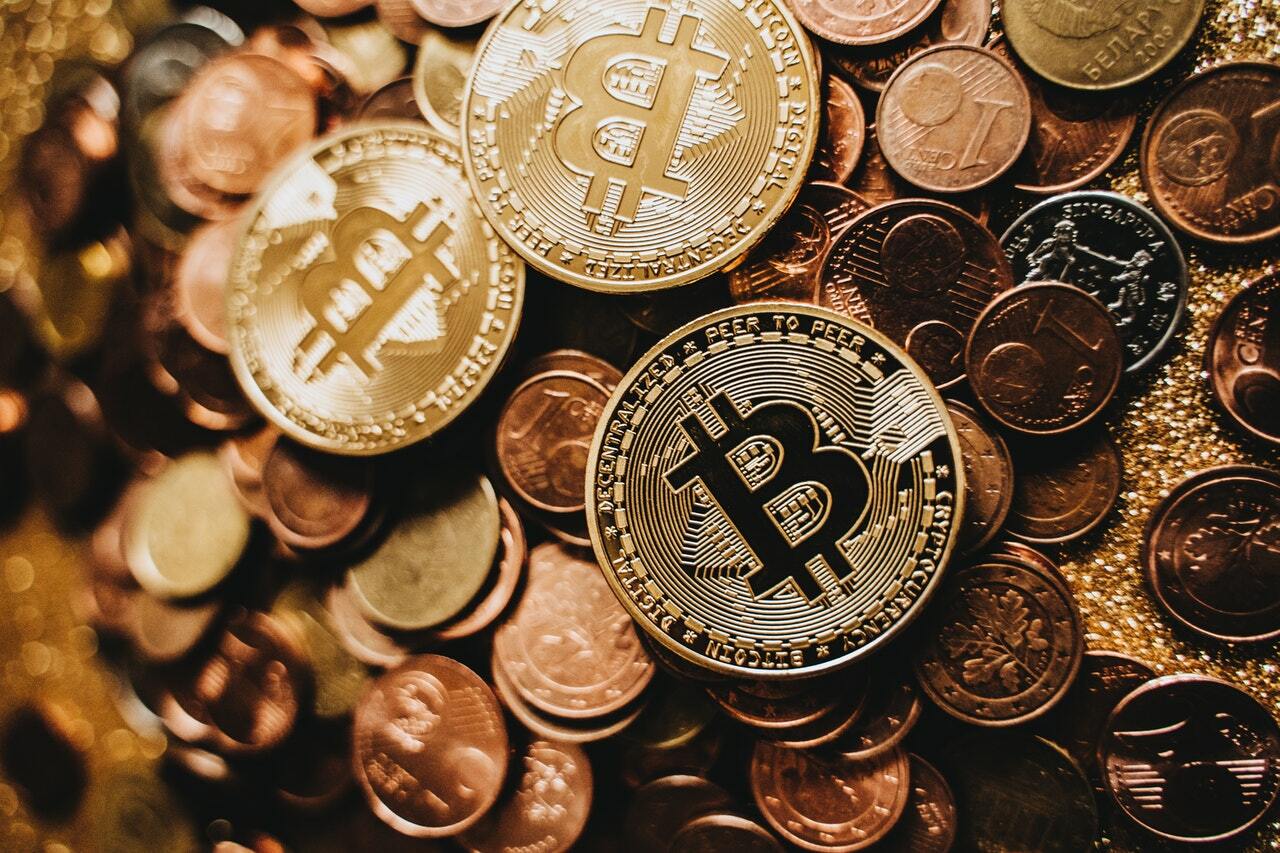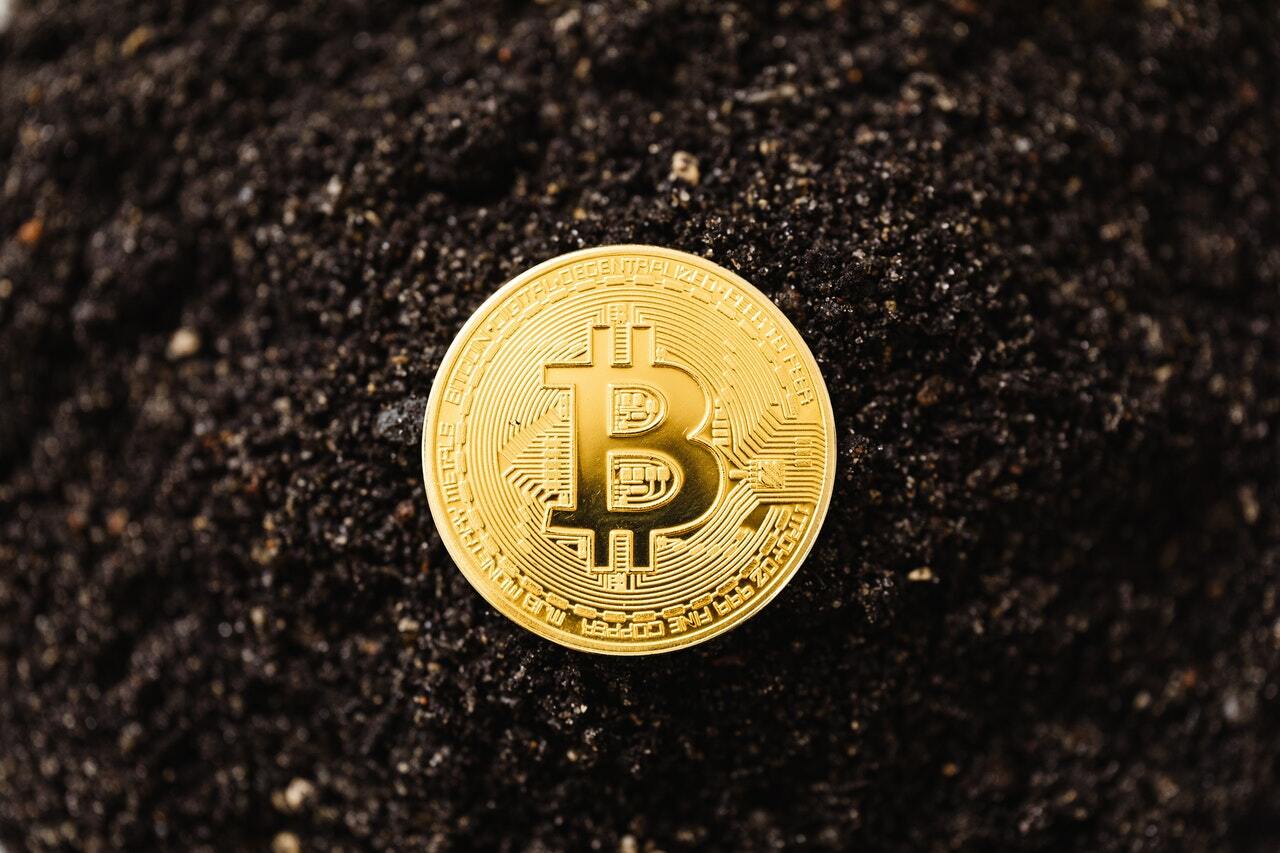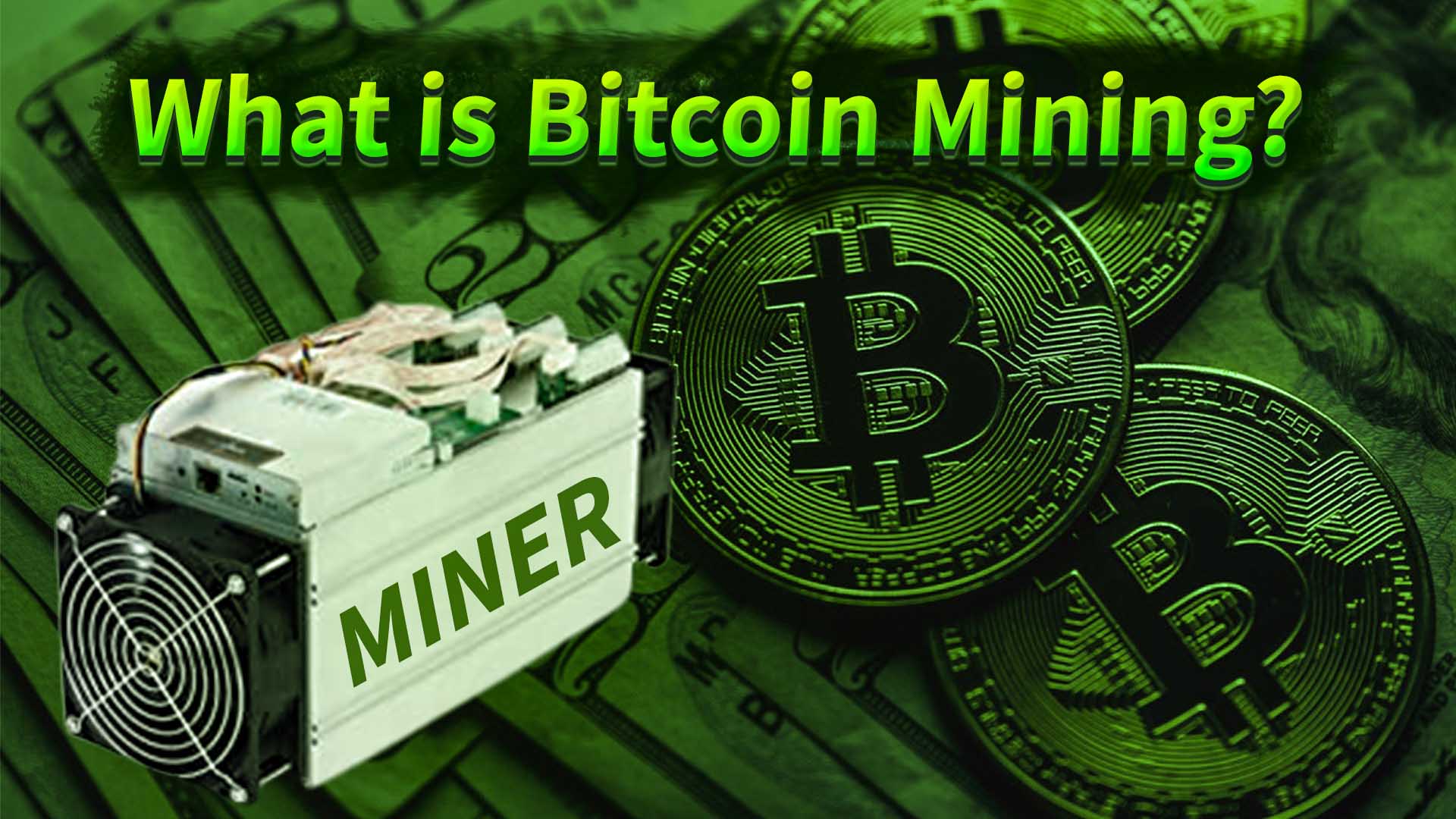To understand Bitcoin mining, you should first understand how cryptocurrency works.

Cryptocurrency
Cryptocurrency is not something physical, but rather a complex mathematical equation. It's the miners job to confirm and verify transactions by solving or hashing these mathematical equations. This proof of work is then added to the public ledger or blockchain as a sort of paper trail, while keeping the transaction details anonymous. Miners are then rewarded in Bitcoin. In the early days of cryptocurrency, BTC (Bitcoin) could be mined with a regular computer's CPU. But as the currency grew, the cryptographic algorithms became more and more complex, requiring more and more computing resources to solve them.

Mining
Nowadays, BTC mining requires powerful computers and large amounts of electricity. Most miners use application specific integrated circuits, or ASICs. There are also mining pools in farms, in which many miners combined computing resources to increase their odds of hashing a block. The rewards are then distributed to the miners based on how many resources they provided. Being so resource intensive means a large environmental footprint. It's estimated that a year's worth of Bitcoin transactions is comparable to the power consumption of Thailand. Because of this BTC (Bitcoin) mining usually take place where electricity price is cheaper. The US is now the top choice for mining operations, accounting for 17% of global miners. BTC mining ultimately accomplishes 3 tasks: Verifying Bitcoin transactions, Issuing more currency and Incentivizing more BTC mining.



